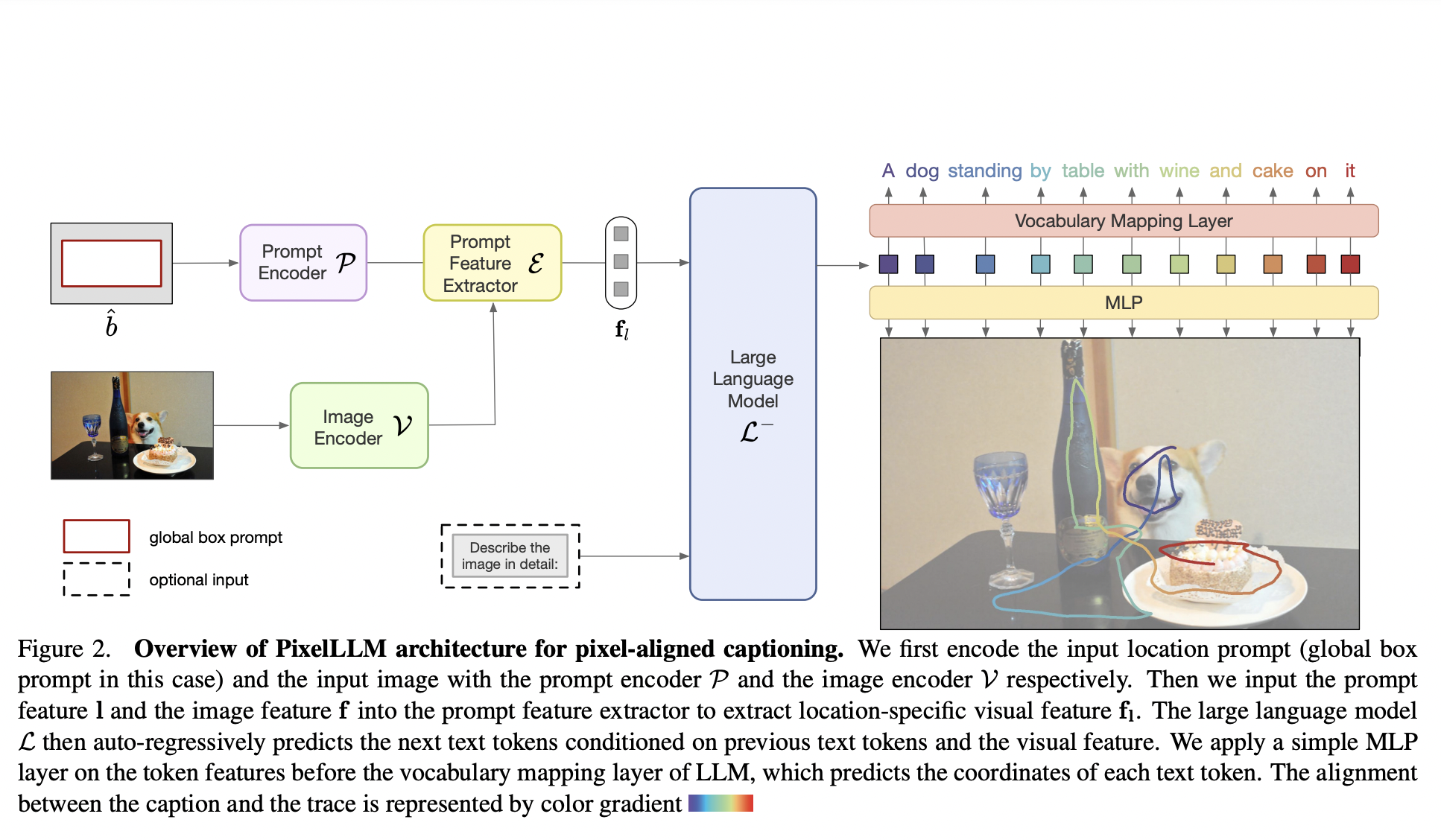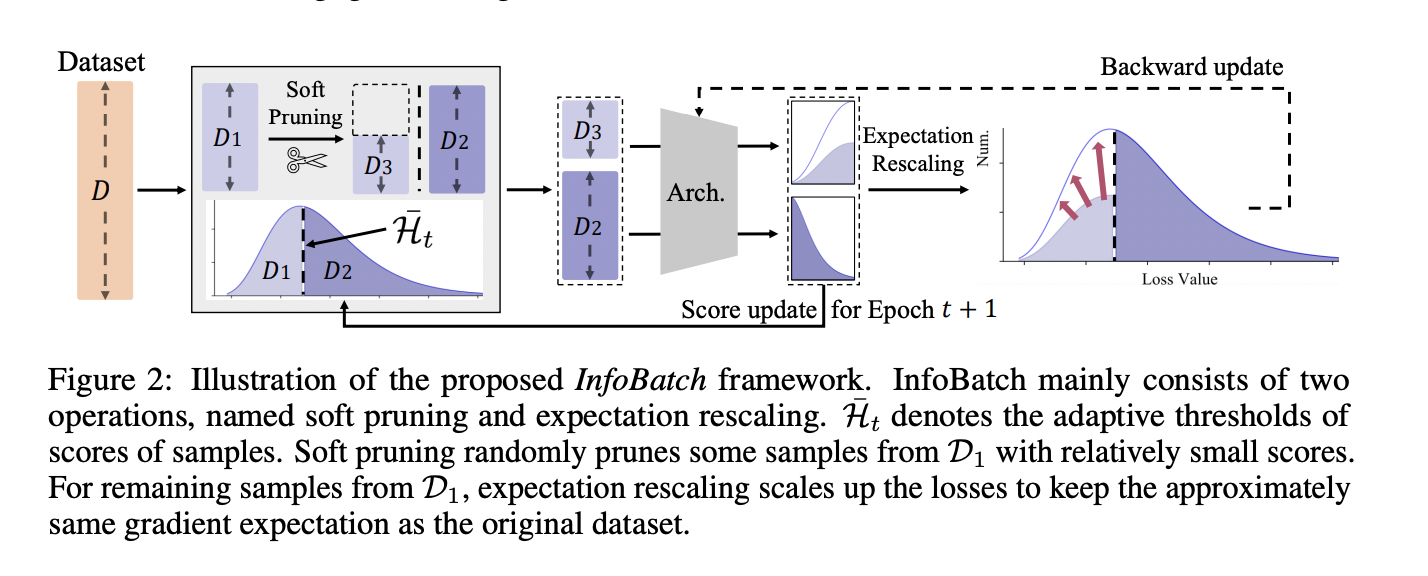In the ever-evolving domain of remote identification technologies, gait recognition stands out for its unique capacity to identify individuals from a certain distance without requiring direct engagement. This cutting-edge approach leverages the distinctive walking patterns of each person, offering a seamless integration into surveillance and security systems. Its non-intrusive nature distinguishes it from more conventional biometric systems, such as facial recognition or fingerprints, which require the subject’s active participation or proximity.
The core of these systems is the extraction of explicit gait representations from video data, a process heavily dependent on supervised learning and specialized upstream models. This dependency not only escalates the cost due to the need for detailed annotations but also introduces a risk of accumulating errors, thus hampering the efficacy and scalability of gait recognition systems. While capable of isolating gait-related information from background noise, task-specific models are constrained by the high costs associated with annotating large datasets and the potential for error propagation through multiple stages of data processing.
Researchers from Southern University of Science and Technology and Michigan State University introduce BigGait, an innovative framework that proposes a paradigm shift in the way gait recognition is approached. BigGait pivots from the conventional task-specific methodologies to harness the power of Large Vision Models (LVMs) for generating task-agnostic knowledge. At the heart of this framework is the Gait Representation Extractor (GRE), a novel component that transforms general knowledge into precise gait features, sidestepping the need for explicit supervision and manual annotation. This unsupervised learning mechanism is a departure from the norm, offering a fresh perspective on gait analysis.
The GRE module within BigGait is adept at leveraging the all-encompassing knowledge encapsulated within LVMs, converting this into implicit gait features unsupervised. This is achieved by drawing on principles from established gait representation construction methodologies but without the constraints imposed by task-specific models. The result is a more adaptable and efficient framework capable of extracting accurate gait characteristics while effectively filtering out unrelated data elements. This approach not only streamlines the process of gait recognition but also significantly reduces the potential for errors associated with manual data annotation.
The efficacy of BigGait has been rigorously tested across several benchmarks, demonstrating its superior performance in gait recognition tasks. When evaluated against existing methodologies, BigGait consistently outperformed traditional methods in specific domains and settings. Its success is particularly notable in its ability to handle cross-domain tasks, where the framework showcased exceptional adaptability and precision. This indicates a significant advancement in the field, positioning BigGait as a highly practical solution for the next generation of gait recognition systems.
By moving away from the limitations of task-specific models and embracing the versatility of LVMs, BigGait opens up new possibilities for research and practical applications in biometric identification and security. Its ability to efficiently and accurately identify individuals based on their gait without the need for active cooperation presents a valuable tool for enhancing security measures in various settings. The framework’s reliance on unsupervised learning and its capacity to minimize errors through automated feature extraction marks a significant step forward in developing remote identification technologies.
In conclusion, BigGait signifies a groundbreaking development in the field of gait recognition, offering a novel and efficient method for constructing advanced gait representation models. Its departure from traditional, supervised learning-based approaches towards a more generalized, unsupervised methodology enhances the gait recognition systems and paves the way for future innovations in remote identification technologies. As security demands continue to evolve, the pioneering work embodied by BigGait provides a solid foundation for exploring new horizons in biometric identification, ensuring that gait recognition remains at the forefront of technological advancements in the field.
Check out the Paper and Github. All credit for this research goes to the researchers of this project. Also, don’t forget to follow us on Twitter and Google News. Join our 38k+ ML SubReddit, 41k+ Facebook Community, Discord Channel, and LinkedIn Group.
If you like our work, you will love our newsletter..
Don’t Forget to join our Telegram Channel
You may also like our FREE AI Courses….
Sana Hassan, a consulting intern at Marktechpost and dual-degree student at IIT Madras, is passionate about applying technology and AI to address real-world challenges. With a keen interest in solving practical problems, he brings a fresh perspective to the intersection of AI and real-life solutions.



